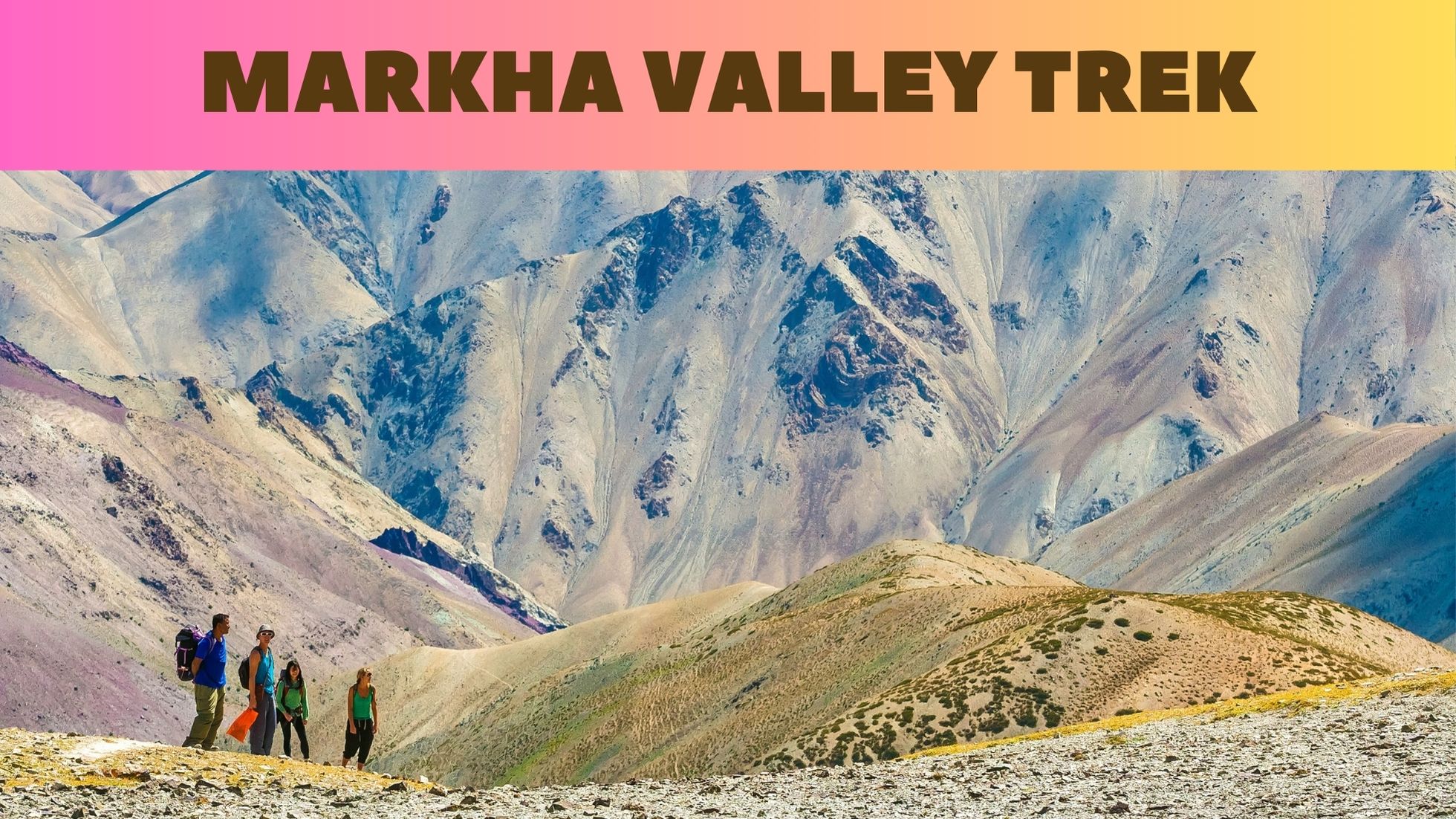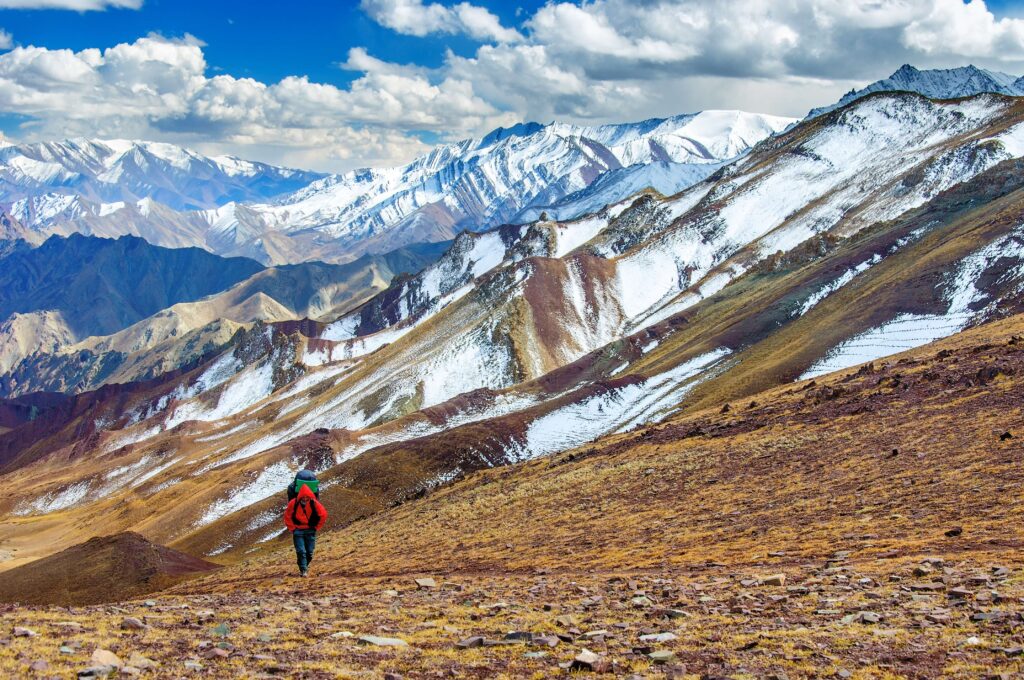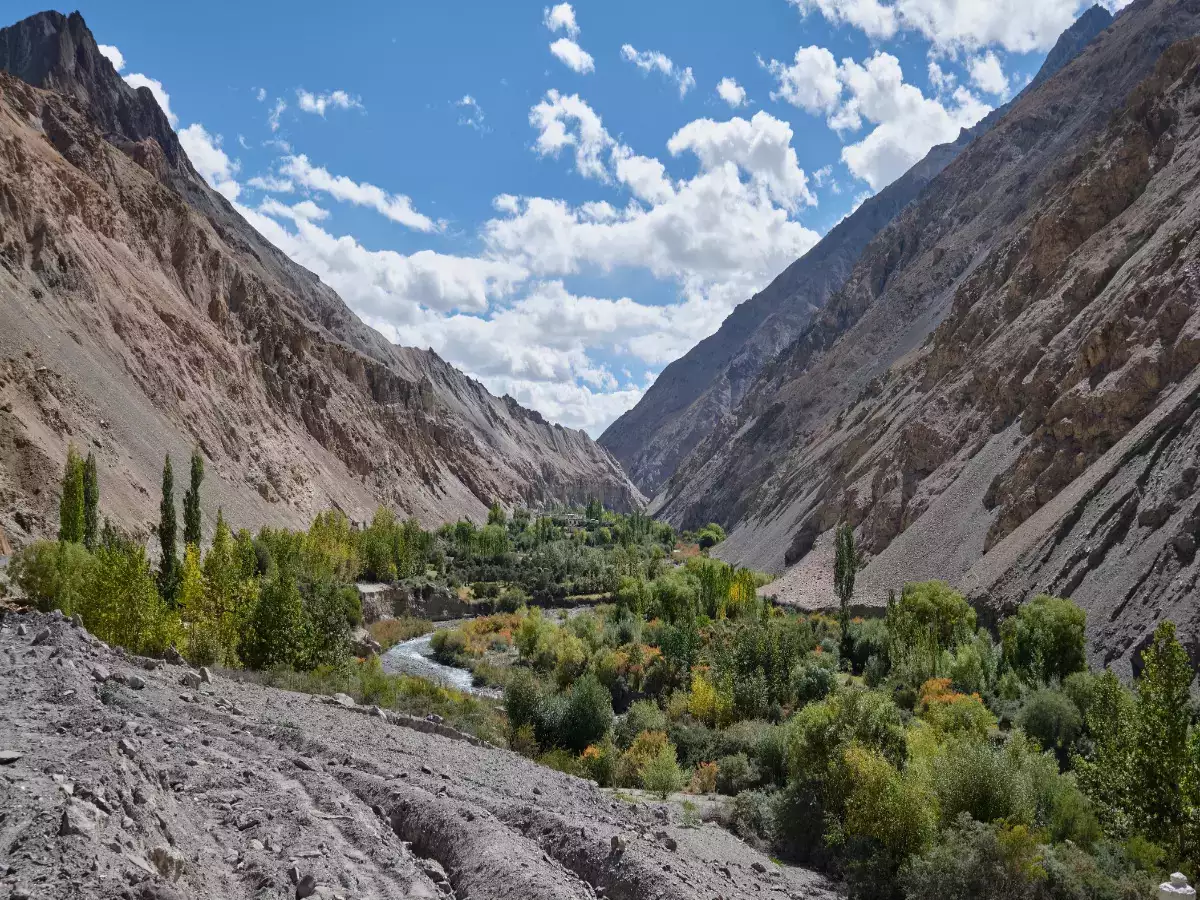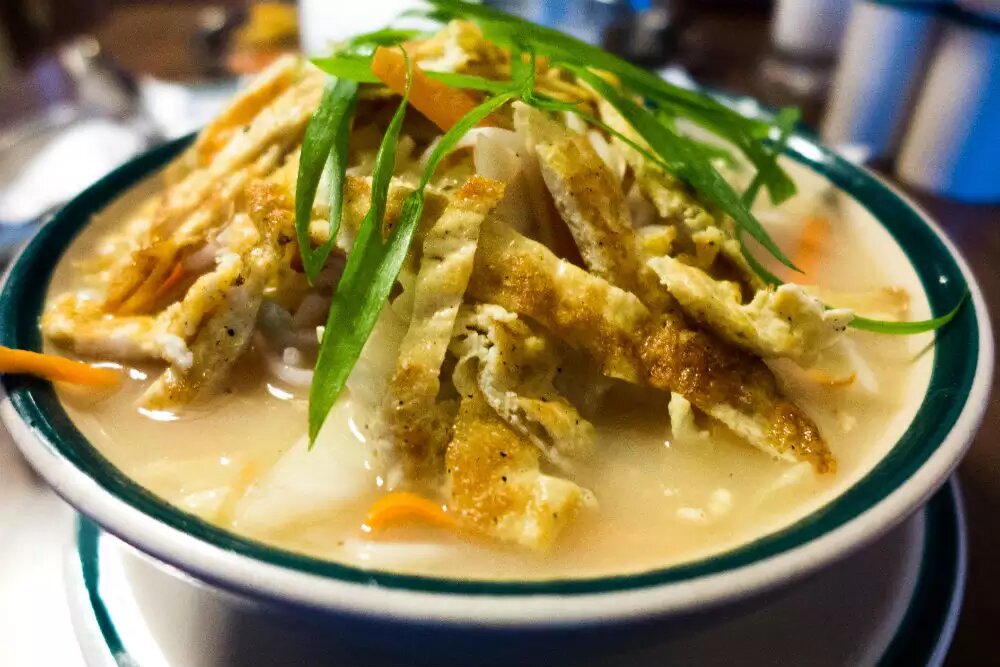
Markha Valley Trek: Exploring the Hidden Gem of Ladakh
Nestled in the northernmost region of India, Ladakh is renowned for its stark and stunning landscapes. While popular treks like Stok Kangri and Chadar Trek often steal the limelight, the Markha Valley Trek quietly unfolds as one of the region’s best-kept secrets. This journey through the heart of Ladakh offers trekkers a unique blend of natural beauty, traditional villages, and rich cultural experiences. In this comprehensive guide, we will delve into the captivating world of the Markha Valley Trek, providing you with everything you need to plan your adventure.
Overview of Markha Valley Trek
Location: The Markha Valley Trek is situated in the Leh region of Ladakh, in the northern part of India. It is known for its accessibility and scenic beauty.
Duration: The trek typically takes 6 to 9 days, depending on the specific route chosen and the pace of the trekking group.
Difficulty: This trek is of moderate difficulty, making it suitable for trekkers with a range of experience levels.
Best Time to Trek: The ideal time for the Markha Valley Trek is during the summer months, from June to September when the weather is pleasant and the trails are free of snow.

How to Reach the Base Camp
To begin your Markha Valley Trek, you’ll need to reach either Spituk or Zingchen, which serve as the starting points for the trek. Here are the transportation options:
By Air: The nearest airport is Kushok Bakula Rimpochee Airport in Leh. From Leh, you can hire a taxi or take a local bus to reach Spituk or Zingchen, which are approximately an hour’s drive away.
By Road: You can also reach Leh via the Srinagar-Leh Highway or the Manali-Leh Highway, both of which offer breathtaking views. From Leh, you can access the trek’s starting points by road.
By Rail: There is no direct railway station in Ladakh, so the nearest railway station is Jammu Tawi Railway Station in Jammu. From Jammu, you can take a flight to Leh or a long road trip.
Best Time to Trek
The best time to undertake the Markha Valley Trek is during the summer months, from June to September. This is when the weather is most favourable, the trails are snow-free, and the region’s vibrant flora is in full bloom. Additionally, if you time your trek with local festivals such as the Hemis Festival in July or the Ladakh Festival in September, you can immerse yourself in the rich Ladakhi culture.
Trek Itinerary
The Markha Valley Trek offers an intriguing journey through diverse landscapes and charming villages. Here’s a day-by-day itinerary of the trek:
Day 1: Spituk to Zingchen
- The trek begins at Spituk and takes you through barren terrain with stunning rock formations.
- Reach Zingchen, a small village with a serene ambience.
Day 2: Zingchen to Yurutse
- Trek through Hemis National Park, known for its diverse wildlife.
- Pass through Rumbak village and reach Yurutse, offering a chance to interact with locals.
Day 3: Yurutse to Skiu
- Cross Ganda La Pass, the first high mountain pass on the trek.
- Descend to Shingo village and then Skiu village, which is known for its fertile fields and traditional homestays.
Day 4: Skiu to Markha
- Continue the trek, passing through the picturesque village of Markha.
- Explore Markha and visit the iconic Markha Monastery.
Day 5: Markha to Thachungtse
- Trek through beautiful valleys, with picturesque landscapes.
- Reach Thachungtse, which is a peaceful campsite surrounded by the grandeur of the Himalayas.
Day 6: Thachungtse to Nimaling
- Hike to the Nimaling Plateau, a high-altitude meadow with grazing yaks.
- Enjoy panoramic views of the Himalayan peaks and glaciers.
Day 7: Nimaling to Chokdo
- Cross Kongmaru La Pass, the highest point of the trek.
- Descend to Chokdo and immerse yourself in the rural Ladakhi lifestyle.
Day 8: Chokdo to Shang Sumdo
- Continue the descent, passing Shang village and its monasteries.
- Reach Shang Sumdo, the final campsite of the trek.
Day 9: Shang Sumdo to Hemis to Leh
- The trek ends at Shang Sumdo, and you’ll drive to the nearby Hemis Monastery.
- Explore Hemis Monastery before heading back to Leh.
Highlights of the Trek
The Markha Valley Trek is adorned with several captivating highlights, including:
Hemis National Park: Encounter diverse wildlife, including the elusive snow leopard, blue sheep, ibex, and various bird species.
Ganda La Pass: Challenge yourself with high-altitude trekking and reward yourself with breathtaking views of the surrounding mountains.
Traditional Villages: Interact with locals in charming villages like Markha, Skiu, and Shingo to get a glimpse of Ladakhi culture.
Buddhist Monasteries: Visit monasteries such as Markha Monastery, Shingo Monastery, and Hemis Monastery, and immerse yourself in the spiritual ambience.
Spectacular Landscapes: Marvel at the diverse landscapes, from barren valleys and high-altitude plateaus to lush green meadows and fertile fields.
River Crossings: Cross the Zingchen River, the Markha River, and other smaller streams, adding an adventurous element to the trek.

Flora and Fauna
Hemis National Park, a prominent part of the Markha Valley Trek, is home to a remarkable range of flora and fauna. Watch for the snow leopard, Tibetan wolf, blue sheep, and numerous bird species, including the lammergeier and golden eagle. The park’s conservation efforts are vital for preserving these rare species.
Camping and Accommodation
Camping is an integral part of the Markha Valley Trek, with designated campsites at various points along the route. Trekkers are provided with tents, sleeping bags, and meals prepared by the support staff. Additionally, in some villages like Skiu and Shingo, you may have the opportunity to stay in traditional homestays or guesthouses, offering a unique cultural experience.
Local Cuisine and Dining
Trekking in Ladakh is not only about the breathtaking landscapes but also about savouring the local cuisine. Enjoy hearty Ladakhi dishes such as Thukpa, Momos, and Chang, a traditional barley beer. These meals provide sustenance and warmth in the high-altitude regions.

Challenges and Preparations
The Markha Valley Trek, while immensely rewarding, presents its share of challenges. Here are some tips and preparations to ensure a successful trek:
Altitude: Be prepared for high-altitude trekking by spending a few days acclimatizing in Leh.
Physical Fitness: Improve your fitness with cardio and strength training to tackle the rugged terrain.
Packing: Pack essentials like warm clothing, waterproof gear, sturdy trekking shoes, and a comfortable backpack.
Safety and Health Tips
Safety is a top priority in the mountains. Here are some safety and health tips for trekkers:
Altitude Sickness: Be aware of the symptoms and carry the necessary medications.
Hydration: Stay well-hydrated and avoid alcohol and smoking to prevent altitude-related issues.
Weather Awareness: Stay informed about weather conditions, especially if you’re trekking during the monsoon season.
First Aid: Carry a basic first aid kit for minor injuries and illnesses.
Responsible Trekking
Responsible trekking is vital to preserve the fragile environment of Ladakh. Follow Leave No Trace principles, dispose of waste responsibly, and respect local cultures and traditions. Trekkers can also contribute to local communities by purchasing handicrafts and products from local artisans.
Conclusion
The Markha Valley Trek stands as a testament to the mesmerizing beauty and cultural richness of Ladakh. From rugged terrains and high mountain passes to tranquil villages and monasteries, this trek offers an incredible array of experiences. It’s an opportunity to not only connect with nature but also with the warm-hearted people of Ladakh. So, pack your bags, prepare diligently, and embark on an unforgettable journey through the hidden gem of Ladakh.
Additional Resources
For further information and updates, visit the Official Jammu & Kashmir Tourism Website.
Explore some other Treks in India.
| Chadar Trek | Roopkund Trek |